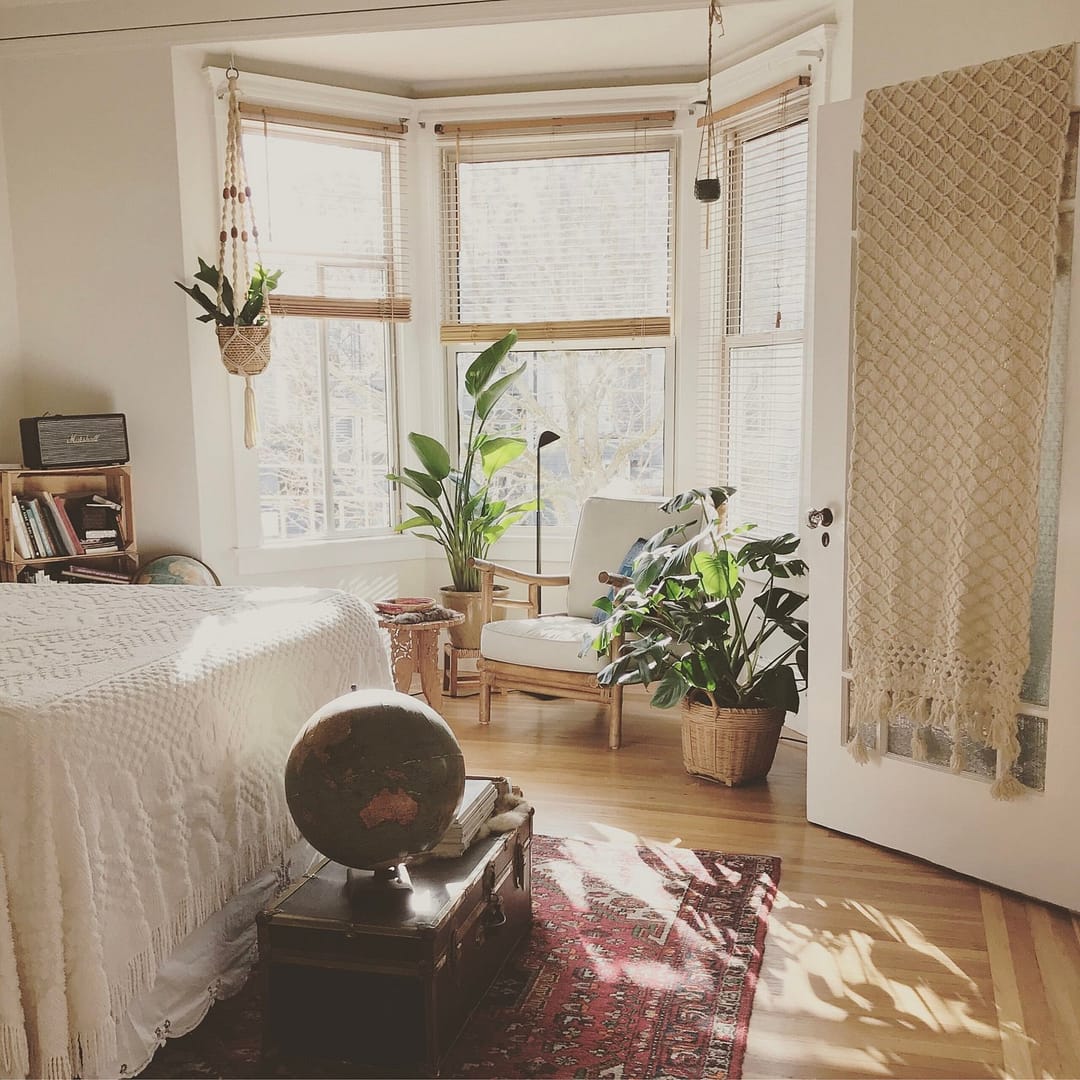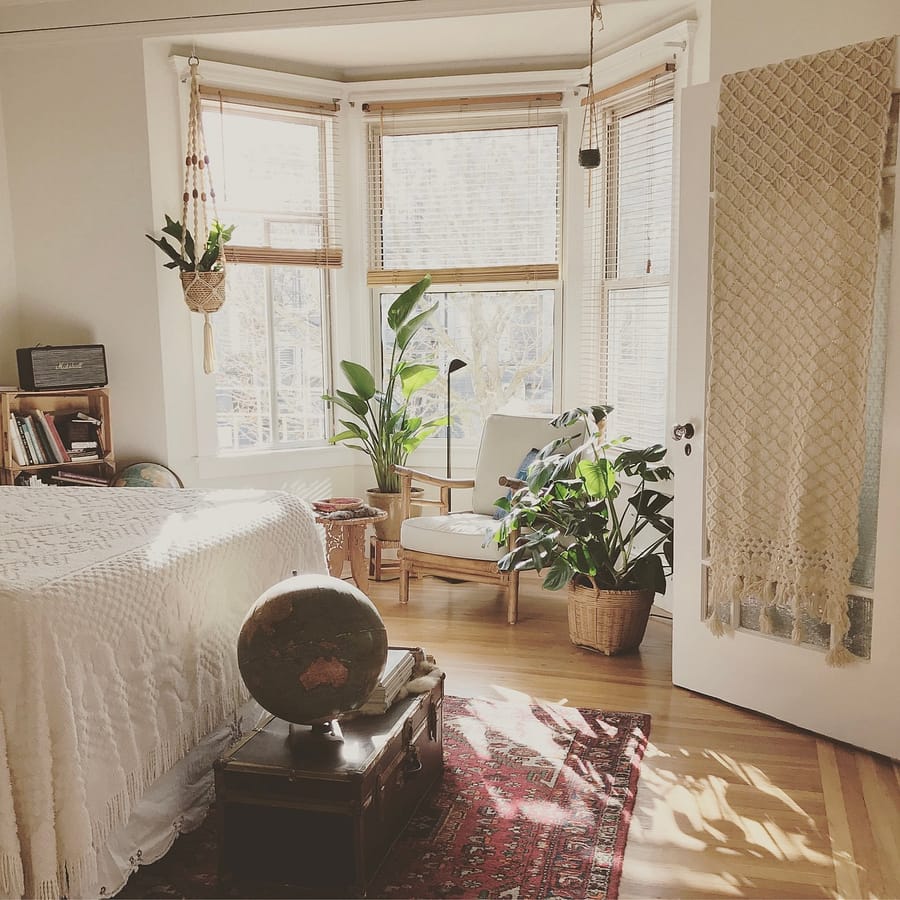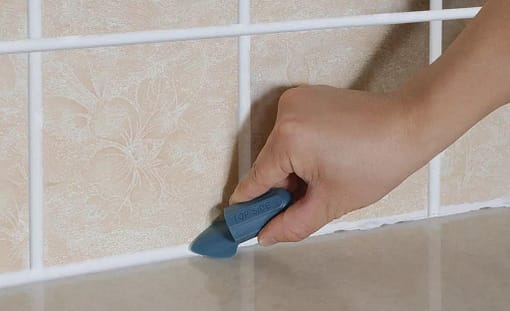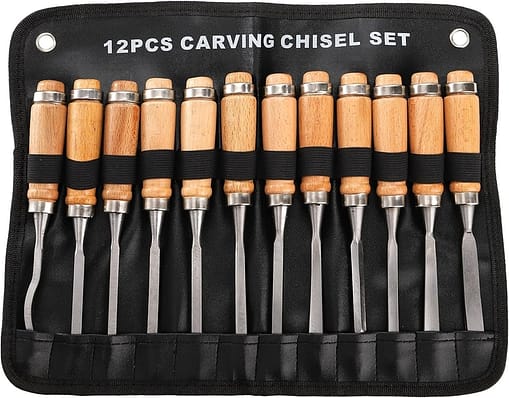So, you’re looking to give your home a little makeover, but hiring professionals might be out of your budget. Don’t worry, because DIY is here to save the day! In this article, you’ll discover the wonders of do-it-yourself home improvement and how it can transform your humble abode. From simple repairs to creative projects, get ready to unleash your inner handyman and create a space you’ll be proud to call your own.
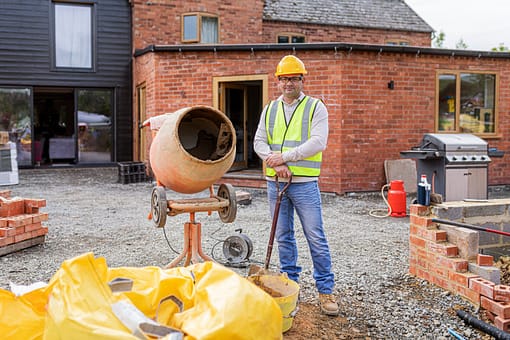
1. Assessing Your Home Improvement Needs
1.1 Prioritizing Your Projects
When it comes to improving your home, it’s important to start by prioritizing your projects. Take a look at your entire living space and make a list of the areas that need attention. Consider factors such as functionality, aesthetics, and overall safety. This will help you determine which projects should take precedence over others. Whether you’re looking to update your kitchen, renovate your bathroom, or improve your outdoor space, identifying priorities will streamline your DIY journey.
1.2 Identifying Problem Areas
Before diving into any home improvement project, it’s crucial to identify any problem areas that may require immediate attention. This could include issues such as water leaks, electrical problems, or structural damage. Identifying these problem areas early on will allow you to address them before they worsen and potentially cause more significant damage to your home. Understanding the extent of the problems will help you plan your DIY projects accordingly.
1.3 Setting Realistic Goals
Setting realistic goals is essential to ensure a successful home improvement journey. Consider factors such as your budget, available time, and skill level when determining what you can realistically accomplish. It’s important not to take on too much at once, as this can lead to frustration and incomplete projects. Setting achievable goals will not only help you stay motivated but also ensure that you’re able to complete each project to a high standard.
2. Planning Your DIY Projects
2.1 Researching and Gathering Information
Before embarking on any DIY project, it’s crucial to research and gather all the necessary information. This includes understanding the techniques, tools, and materials required for each project. Take advantage of online resources, books, and magazines that provide detailed instructions and tips for various home improvement tasks. The more knowledge you have, the better prepared you’ll be to successfully complete your DIY projects.
2.2 Creating a Budget
Budgeting is a crucial aspect of any home improvement project. Take the time to carefully consider all the costs involved, including materials, tools, permits, and any professional assistance you may need. By establishing a budget upfront, you’ll have a clear idea of how much you can afford to spend on each project and avoid overspending. Acknowledging the financial aspect will allow you to plan your DIY projects accordingly and make informed decisions throughout the process.
2.3 Developing a Schedule
Having a well-defined schedule is essential for effectively managing your DIY projects. Consider the time and effort required for each task, as well as any external factors that may impact your timeline. Break down each project into smaller, manageable tasks, and allocate realistic timeframes for their completion. This will help you stay organized and motivated as you work towards achieving your home improvement goals.
2.4 Identifying Required Tools and Materials
To successfully complete your DIY projects, it’s crucial to identify and gather all the necessary tools and materials. Make a comprehensive list of everything you’ll need for each project, ensuring that you have the right tools for the job. Check your existing inventory and purchase or borrow any additional items required. Being well-prepared with the correct tools and materials will make your DIY projects run smoother and more efficiently.
2.5 Obtaining Permits and Permissions
Certain home improvement projects may require permits or permissions from your local authorities. Before starting any major renovations or additions, ensure that you understand and comply with all relevant regulations and codes. This may involve submitting plans, obtaining approvals, or scheduling inspections. Failing to obtain the necessary permits and permissions can result in fines or, in some cases, having to undo completed work. It’s essential to research and understand the legal requirements before proceeding with your DIY projects.
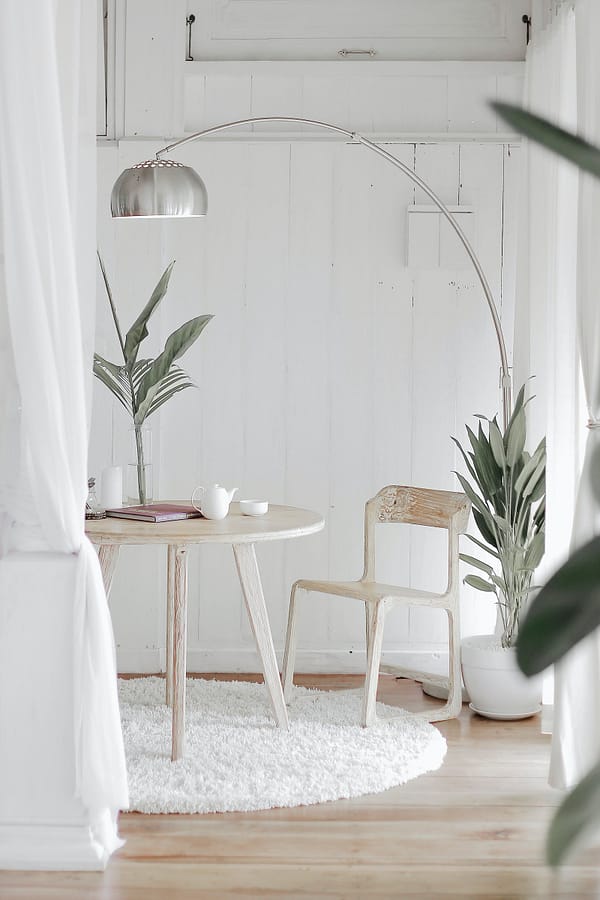
3. Safety Precautions
3.1 Understanding Potential Hazards
Safety should be a top priority when undertaking any DIY project. Take the time to identify and understand potential hazards associated with the tasks at hand. This may include working with electrical systems, using power tools, or dealing with hazardous materials. By being aware of potential risks, you can take preventive measures and ensure a safe working environment.
3.2 Using Personal Protective Equipment (PPE)
Protecting yourself during DIY projects is crucial to prevent injuries and accidents. Always wear the appropriate Personal Protective Equipment (PPE) for each task. This may include safety goggles, gloves, sturdy footwear, hearing protection, and dust masks, among others. Using PPE will help minimize the risk of injuries and ensure your safety throughout the project.
3.3 Practicing Proper Tool Handling
Proper tool handling is vital to prevent accidents and ensure efficient work. Familiarize yourself with the correct usage and safety guidelines for each tool you’ll be using. Keep your tools in good condition, store them properly, and use them as intended. Avoid shortcuts or improvising tools, as this can lead to accidents or damage to your property. Always follow the manufacturer’s instructions and take the necessary precautions when working with tools.
3.4 Ensuring Adequate Ventilation
When working on certain projects, such as painting or using certain chemicals, it’s crucial to ensure adequate ventilation. Proper airflow helps to minimize exposure to harmful fumes and chemicals, protecting your health. If working indoors, open windows and doors and consider using fans or ventilation systems to circulate fresh air. When working in enclosed spaces, such as basements or crawl spaces, use additional ventilation measures to ensure a safe working environment.
3.5 Turning off Electrical Power
If your DIY projects involve working with electrical systems or outlets, it’s essential to turn off the power before starting any work. This will help prevent electrical shocks and potential damage to your home’s electrical infrastructure. Locate and switch off the circuit breaker or fuse box corresponding to the area you’ll be working in. Confirm that the power is off by using a voltage tester. Never assume that the power is off without verifying it first.
4. Basic DIY Skills
4.1 Measuring and Marking
Accurate measurements and markings are crucial for successful DIY projects. Familiarize yourself with basic measuring tools, such as tape measures, rulers, and levels. Learn how to properly measure and mark areas before cutting, installing, or assembling materials. Take your time to ensure precision, as even a small measurement error can have significant consequences on the quality of your work.
4.2 Using Various Hand Tools
Hand tools are essential for any DIY enthusiast. Equip yourself with a basic set of essential hand tools, including hammers, screwdrivers, wrenches, pliers, and a utility knife. Learn how to use each tool correctly and safely. Understanding the various functions and applications of hand tools will allow you to tackle a wide range of DIY projects with confidence.
4.3 Painting Techniques
Painting is a common DIY project that can significantly transform the look and feel of your home. Familiarize yourself with different painting techniques, such as brush strokes, rolling, and spraying. Learn how to properly prepare surfaces, apply primer, and choose the right type of paint for each area. Practice your painting skills on smaller projects before tackling larger areas to ensure a professional finish.
4.4 Installing and Repairing Drywall
Drywall installation and repairs are common tasks in many home improvement projects. Learn the proper techniques for installing drywall, including measuring, cutting, and securing the panels. Familiarize yourself with mudding and taping techniques for seamless repairs. Understanding how to repair drywall effectively will allow you to tackle minor damages and maintain the visual appeal of your walls.
4.5 Basic Plumbing Skills
Basic plumbing skills are useful for addressing common issues such as leaky faucets, clogged drains, and replacing fixtures. Learn how to shut off water valves, use plumbing tools, and identify and fix common plumbing problems. Having knowledge of basic plumbing skills will save you money on call-out fees and allow you to maintain and repair your plumbing fixtures when needed.
5. Improving Interior Spaces
5.1 Painting and Wallpapering
Painting and wallpapering are effective ways to improve the aesthetics of your interior spaces. Understand different paint types, finishes, and color schemes to create the desired atmosphere in each room. Learn proper surface preparation techniques, such as sanding and priming, for optimal paint adhesion. If opting for wallpaper, familiarize yourself with the different installation methods and patterns to achieve a polished look.
5.2 Installing Flooring
Upgrading your flooring can dramatically transform the look and functionality of your home. Research different types of flooring materials, such as hardwood, laminate, vinyl, or tile, and understand their installation requirements. Learn how to properly measure, cut, and install flooring to achieve a professional and durable result. If necessary, seek professional guidance or assistance for more complex flooring installations.
5.3 Upgrading Lighting Fixtures
Lighting plays a crucial role in creating ambiance and functionality within your home. Consider upgrading your lighting fixtures to enhance the overall atmosphere of your interior spaces. Research different types of lighting, such as recessed lights, pendant lights, or sconces, and understand their installation requirements. Learn about electrical connections and safety precautions when working with lighting fixtures. By upgrading your lighting, you can create a warm and inviting environment in your home.
5.4 Installing Shelving and Storage
Effective storage solutions are essential for maintaining a clutter-free and organized home. Research and plan the installation of shelving units, cabinets, and other storage systems to maximize space utilization. Learn how to measure, level, and secure shelving units properly. By installing functional storage options, you can optimize your living spaces and create a more organized and visually appealing home.
5.5 Updating Kitchen and Bathroom
The kitchen and bathroom are often considered the heart of a home. DIY updates in these areas can greatly enhance their functionality and aesthetic appeal. Research and plan updates such as replacing faucets, updating countertops, installing new backsplashes, or refinishing cabinets. Learn the necessary skills, such as plumbing and woodworking, to successfully complete these projects. By updating your kitchen and bathroom, you can create spaces that are both beautiful and functional.
